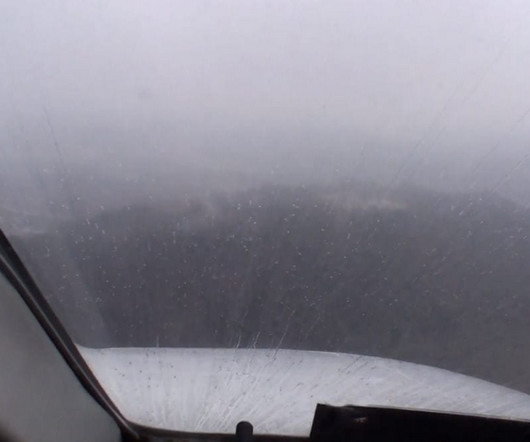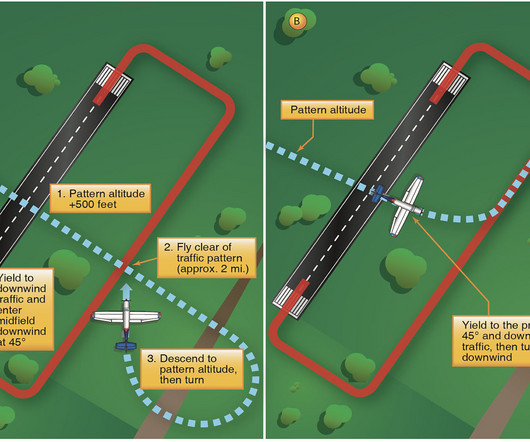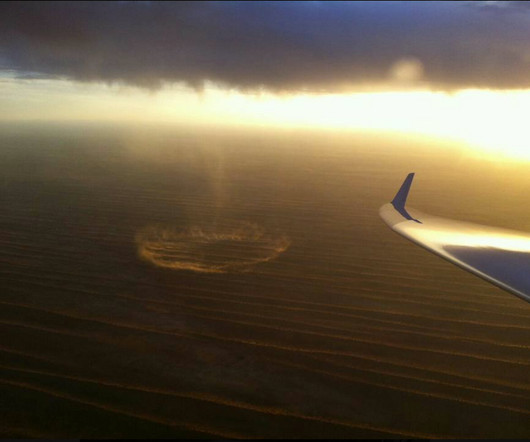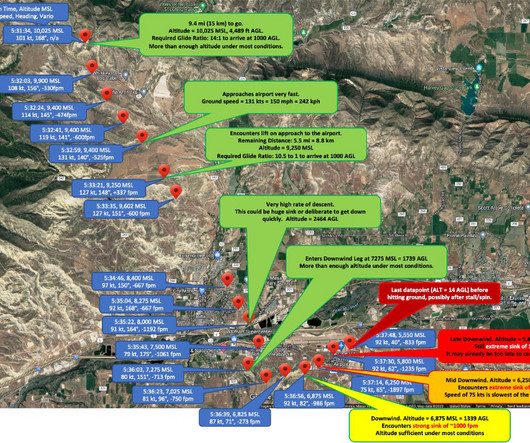Heads-up, hands-free: How to use iPad audio alerts for safer flights
iPad Pilot News
MARCH 11, 2025
These alerts include runway proximity, traffic, cabin altitude, destination weather, terrain, airspace and TFRs, carbon monoxide and more. IN-FLIGHT ALERTS 500 AGL Alerts – Alerts when descending through 500 ft. AGL after having been above 1,000 ft. AGL (or when AGL is unknown), the descent rate exceeds 4,000 ft.




















Let's personalize your content